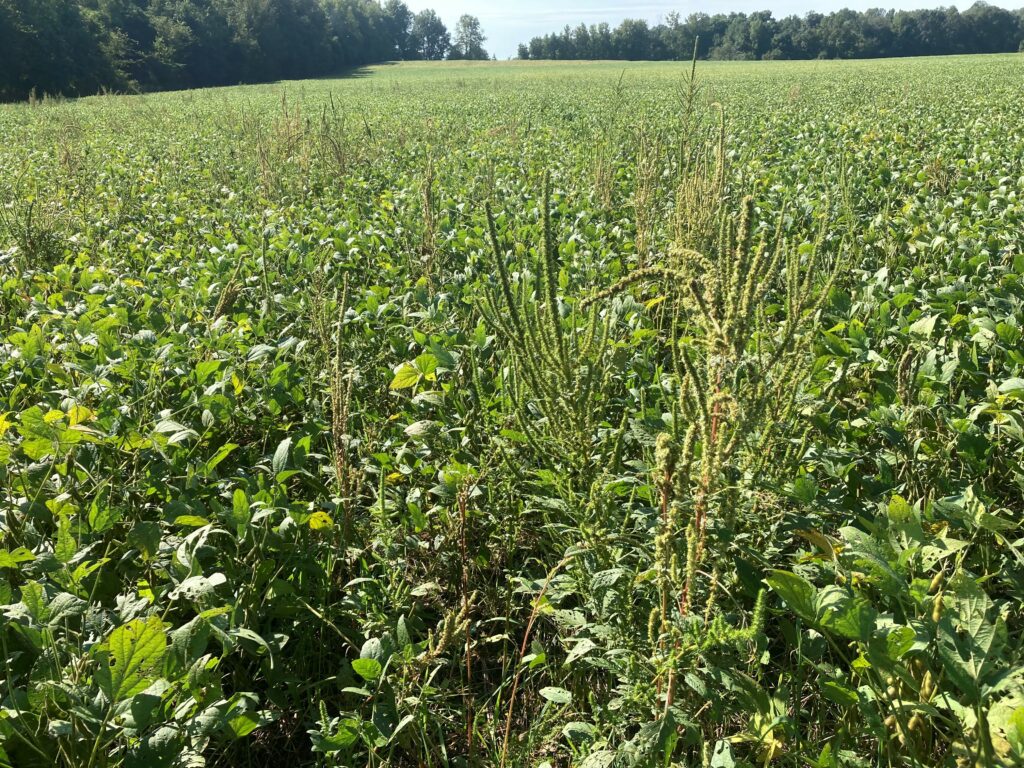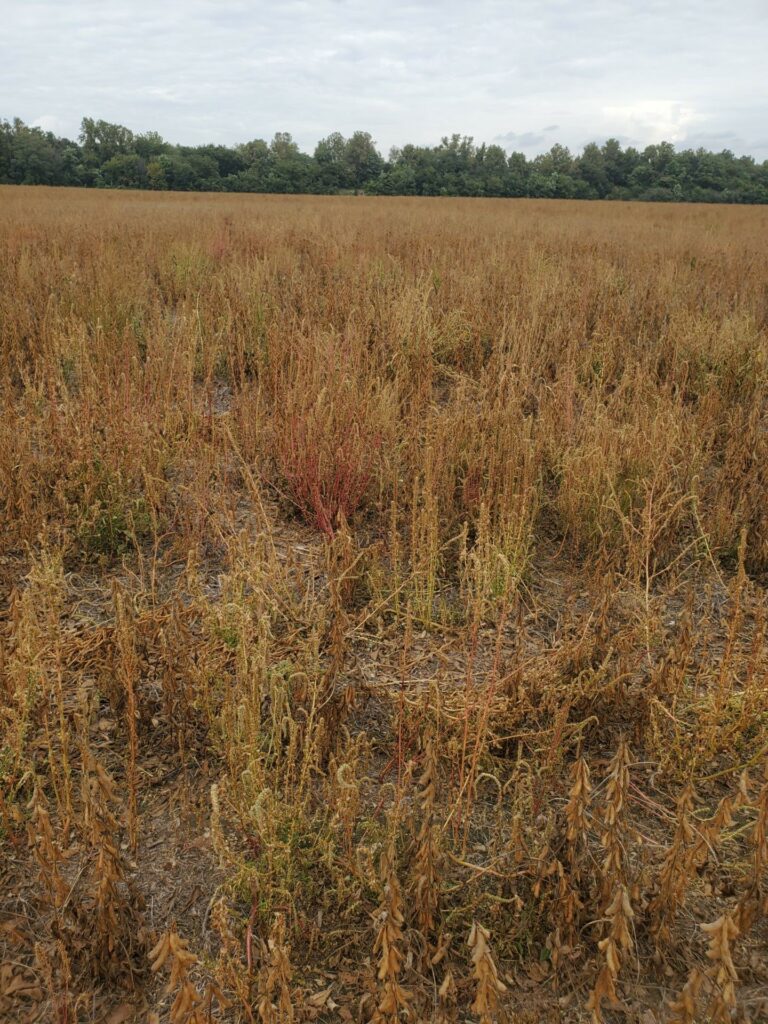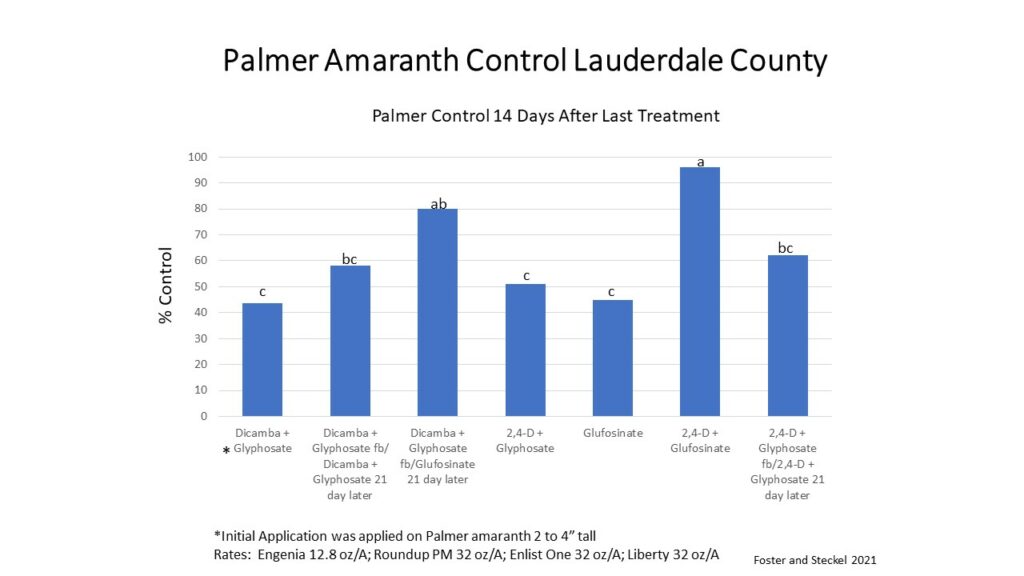
Several retailers and growers in recent weeks have asked about switching away from Xtend soybeans due to the poor pigweed control they have seen in consecutive years in some fields. There are a lot of moving parts when one attempts to answer this question and some different points need to be considered.
Point 1: UT soybean yield data from recent years suggest that overall Xtend soybean varieties yield similar to Enlist or LL varieties. However, one is not planting overall varieties but a specific variety in a specific environment under your management tactics. Therefore, variety selection needs to consider the environment like a bottom vs rolling hills or irrigated vs dryland and look for the best fitting variety for the given circumstance. In order to find a good variety for a given environment it is best to look at a lot of data from various sources and make an informed decision from there.
Point 2: The concern of off-target dicamba harming Enlist or LL soybean performance. In West Tennessee this is a real issue as often an Xtend crop is right next door. In middle Tennessee, the exposure to dicamba is often much less of a concern as fields tend to be more remote from each other.

Point 3: The infestation level of dicamba resistant-Palmer amaranth in a given field. Judging from personal visits the level of infestation can range from scattered escapes across a field (Picture 1) to a few fields pretty much covered up from stem to stern (Picture 2). Overlaying residual herbicides is a must in fields that have a lot of resistant Palmer amaranth pressure.
On top of that, an effective POST option is needed. In our research the level of synthetic auxin (SA) herbicide (dicamba and 2,4-D) resistance varies from field to field. In some cases, the level of resistance can be overcome with just a sequential application of those respective herbicides (Figure 1). In other fields another application of a SA herbicide provides control no better than about 60% (Figure 2). This inconsistent Palmer control across environments was unfortunately also seen with glufosinate in 2021 (Figures 1 and 2).
Point 4: Glufosinate can be applied POST as a tankmix with Enlist One on Enlist soybeans. In our research that one application is just as effective on SA resistant Palmer amaranth as a sequential application of Enlist One followed by glufosinate in Enlist soybeans or dicamba followed by glufosinate in XtendFlex soybeans (Figure 1 and 2). This, from a logistic standpoint of not having to have a timely sequential application, is a real advantage of the Enlist system over the Xtend system in Palmer amaranth management.
Ultimately, it will be the farmer’s decision. Growers will also need to consider other points including seed supply, herbicide availability, price of herbicides and seed as well as programs offered by the input providers.
Figure 1.
Figure 2



